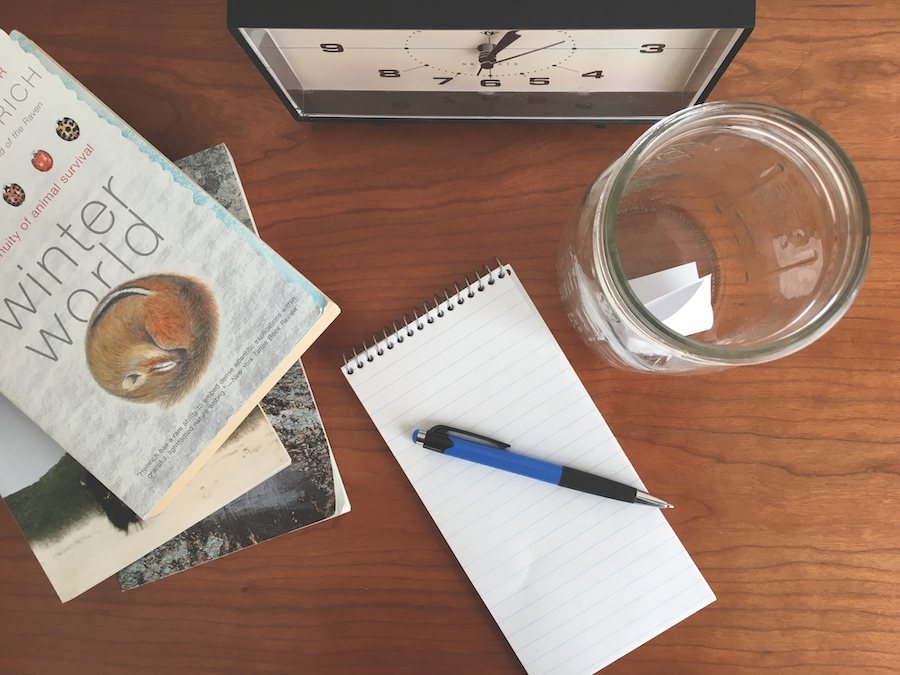Lose weight. Get a new job. Exercise more. These goals have been on my New Year’s resolutions list over the years, and maybe yours, no? Personal development and improvement seem a necessary part of life — after all, without the desire to do and be better, we’d become complacent. But why then do so many of us fail to follow through on what we’ve resolved to do?
Maybe it’s the vague terms we use to describe our hopes. Or the way we set them — feeling social pressure to have a New Year’s resolution or guilt after so much holiday spending and consumption. I know that the underpinnings of my resolutions have had more nefarious roots than pure hope for self-improvement. That’s why this year I decided to make no resolutions at all.
If you join me in this experiment, you may find yourself wondering what to do with your guilt. After the constant socializing, traveling, spending, and consuming, something like holiday remorse starts to creep into the corners of my mind. Pants feel a bit tighter, my usual routine is out the window, and I’ve spent approximately an entire week in a state I can only describe as “couch.” All that guilt builds up, looking for a place to go. In comes the New Year’s resolution, with its grandiose promise of a new year, so different than the last.
Gym memberships soar in January, with those 30-day challenges, month-long commitments to fitness, that follow. “Lose weight” was among my resolutions for 10 years straight at least. Even if I didn’t need to. Even when I was healthy. Not “drink more water” or “try a new dance class” or literally anything else, but a broad and vague promise to be smaller. This one never sticks, as it’s based in shame about my body and the way it looks. Here’s the thing: that’s not for a resolution to fix, that’s for my therapist.
Even when goal setting is a beautiful thing, why leave it to just the New Year? U.S. News & World Report states that by mid-February, roughly 80 percent of us fall off the resolution train.

What if we instead had resolutions for each month, or even each week? Opportunities abound all year long to assess where we are. What we’ve accomplished. How we feel.
This decade, I’m starting with a clean slate. One with absolutely no resolutions written on it. Instead, I’m placing a large Mason jar in my bedroom. Next to it, a small pad of paper. Every week I am writing down what I’m grateful for in that moment: people who have helped me, dogs I’ve met, how the sun felt on my skin after four gray days passed. Small, simple, easy.
Most gratitude practices involve counting your blessings, either writing or speaking them aloud. Eventually, the idea is that feeling grateful becomes more of a temperament than an activity. People with more grateful dispositions report being happier and more satisfied with their lives, says the Berkeley Center for Greater Good Science.
It’s worth remembering that satisfaction and happiness are our assumed outcomes when we originally write down resolutions. What if we could break the cycle of remorse-resolution-regret and have happiness instead with something as simple as writing down thanks?
Of course, if you have concrete resolutions for this coming year, you don’t have to drop them. But if they never felt right, or you’re already avoiding them, the best thing to do is give thanks.



